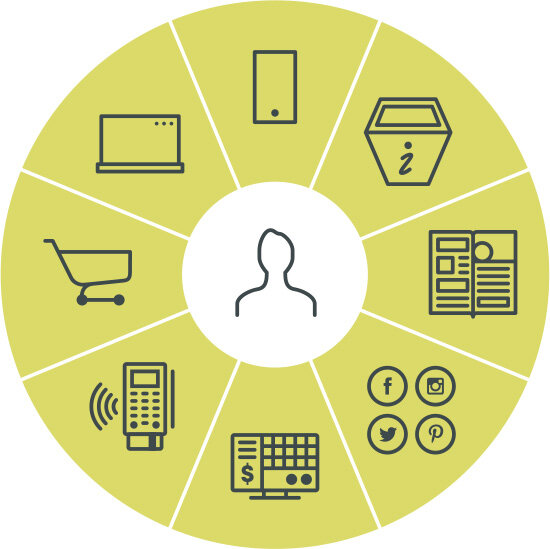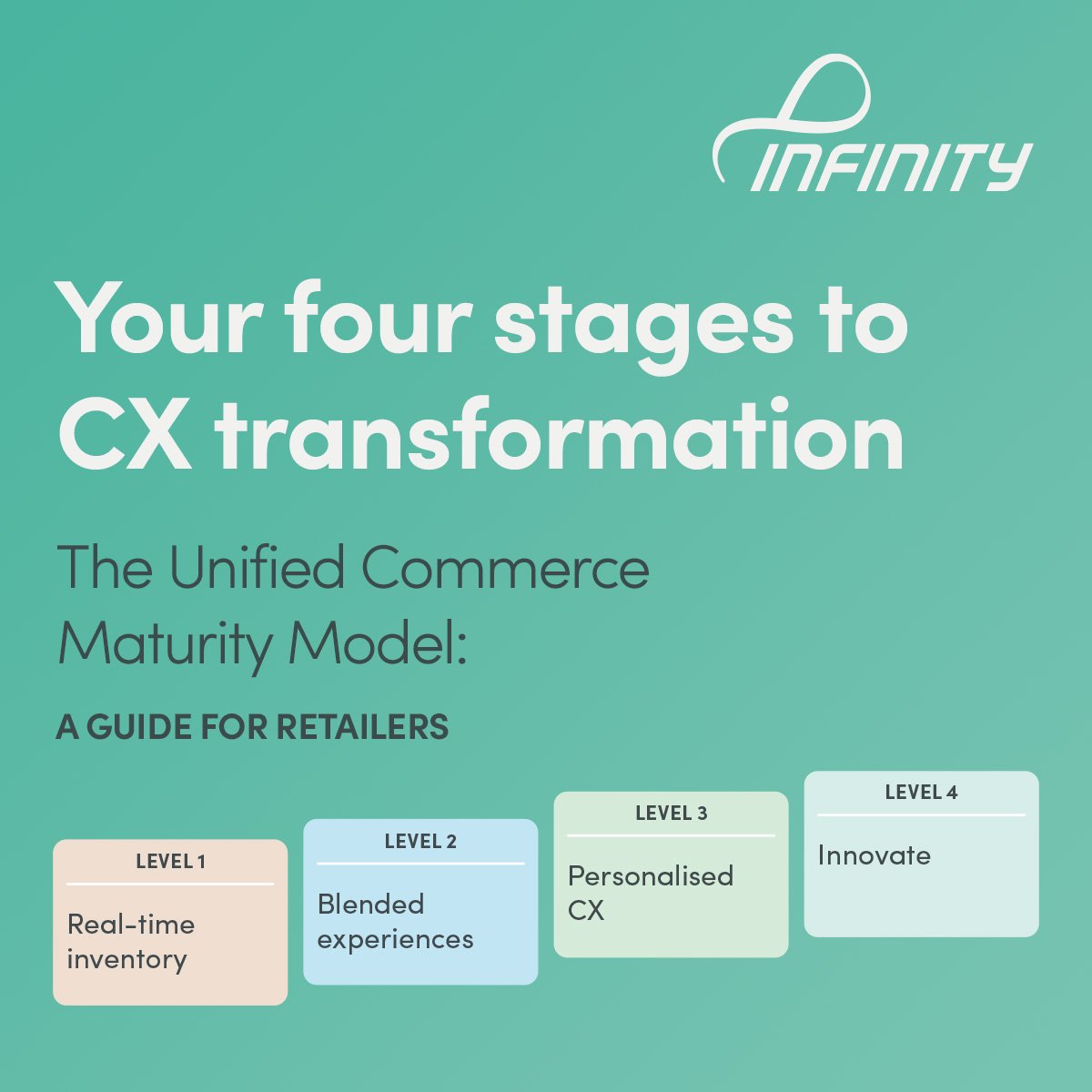This post was originally published on 3 March 2020 and updated on 2 February 2023
We’ve seen a dramatic boom in ecommerce in recent years that is creating new online shopping habits and reshaping consumers’ expectations of the retail experience.
Many retailers have had to take a ‘just get something done’ approach to creating seamless customer experiences that span channels. Now they’re struggling with omnichannel set-ups that simply link digital and physical systems together, and they don’t have the ability to keep pace with changing consumer behaviours.
But omnichannel should not be the end goal. It’s just one approach to getting a single view of your customers that will help you deliver unified experiences.
Instead, a unified commerce platform will break down your channel silos and move your retail business toward the holy grail of holistic, real-time, personalised customer experiences spanning in-store, online and everywhere in between.
To help explain why unified commerce is the nirvana of omnichannel, here’s a look at where we are now and where we’re going.
Multi-channel
To keep pace with new technologies and changing consumer demands, retailers are giving customers access to new mobile and online channels. Each touchpoint and channel operates independently, with separate people, processes and technologies existing in functional silos.
But when you only add and don’t actually integrate new channels with the rest of your organisation, you create bad service experiences that frustrate internal teams and customers.
Silos mean that your customers have to deal with inconsistencies and gaps, such as incomplete sales histories, different tones of voice or having to start conversations afresh in each channel. These silos inevitably lead to disappointment and frustration, a lack of trust and even a sense that your organisation is incompetent.
Omnichannel
With an omnichannel approach, you’re connecting numerous backend systems so that customers can seamlessly interact with your brand. However, your channels are still operating in functional silos.
That means most attempts to offer unified experiences fall short.
You’re likely to be struggling with legacy technologies that have been customised and are infrequently updated, and then you bolt-on new solutions that don’t easily integrate. These omnichannel systems are fragile, inefficient and costly to maintain.
And things can easily unravel. Adding new channels and tools requires additional custom integrations that are complex and slow, adding significant costs and curbing the agility and scalability you require.
Unified commerce
With a unified commerce approach, you can achieve retail nirvana by creating immersive and frictionless experiences for customers across all channels, touchpoints and locations. Rather than building custom integrations to unify different systems, you can easily use all the tools and services within a single unified platform.
It gives you a single source of truth for inventory, order and customer data. With this one view of the customer, and all channels and engagement points connected in real-time, you can deliver a personalised and consistent customer experience.
You can also quickly respond to changing customer expectations and new technologies by using microservices and APIs to expose data and connect third-party services.
Unified commerce has been a game changer for our clients.
It eliminates the customer journey pain points and amplifies the ‘wow’ moments. Now you can treat each customer as an individual, all the time – one person with one account, interacting with one brand.
Unified commerce can benefit your business in many ways:
It provides a stable backbone by acting as the hub for all your channels, reducing integration and operating costs, while increasing efficiency and accuracy.
It’s also your platform for innovating – a springboard for adding new channels and services, giving you the ability to take advantage of new capabilities and deliver results at a speed and scale that unachievable within a traditional omnichannel model.
It gives you total control over all your inventory and lets you create seamless and personalised purchasing, payment and fulfilment options across ‘endless aisle’ shopping, fast (eg 30-minute) click-and-collect, kerbside pickup, store-to-door, shoppable screens, kiosks and hyper-personalised loyalty offers.
You can deliver frictionless experiences and let customers access your entire product range from any location, including stores, online, mobile, shoppable screens, pop-ups, stores within stores, virtual showrooms, social channels, call centres and more.
And our savviest clients are now investing in new customer-facing technologies, like chatbots, mobile apps and AI. Some are pioneering contextual commerce – the ability to seamlessly implement purchase opportunities into everyday activities (such as Shoppable Instagram and Facebook).
The end result is the ability to deliver the personal, ubiquitous and unified experiences your customers expect, fostering loyalty, driving growth and improving profitability.
Want help to plan your next steps?
We can help you define your goals, develop a business case and create your roadmap to deliver the unified experiences that are best for customers, and most profitable for you. Get in touch.






























